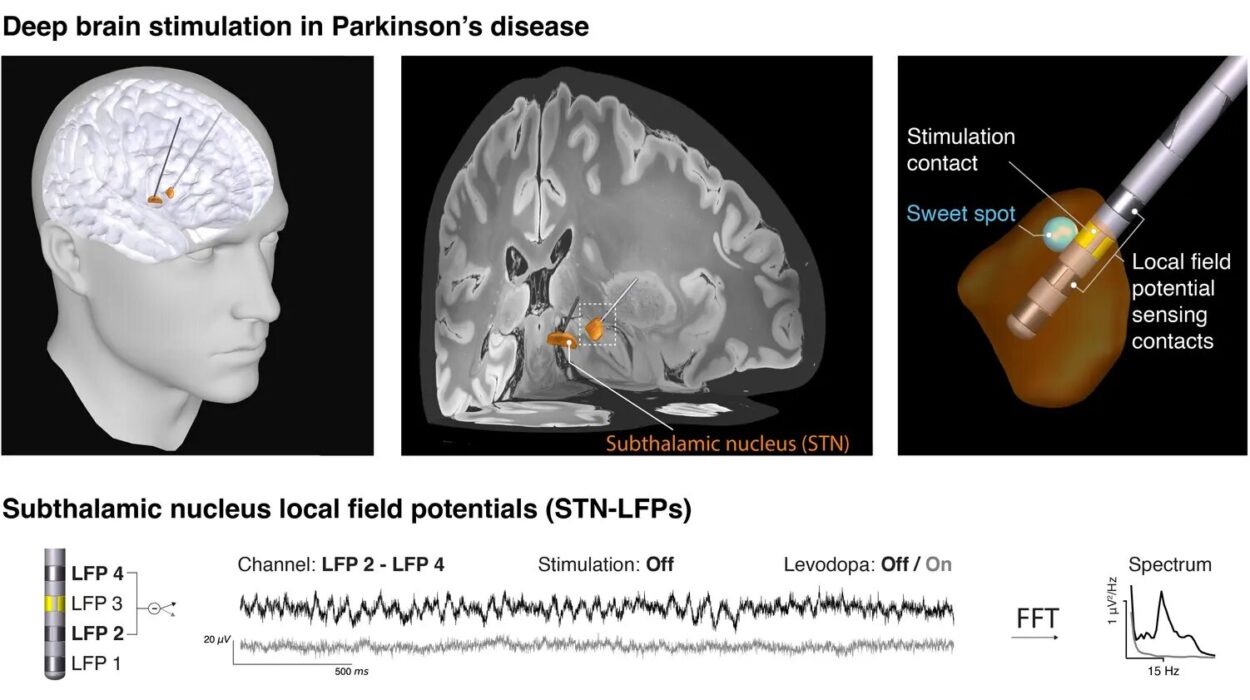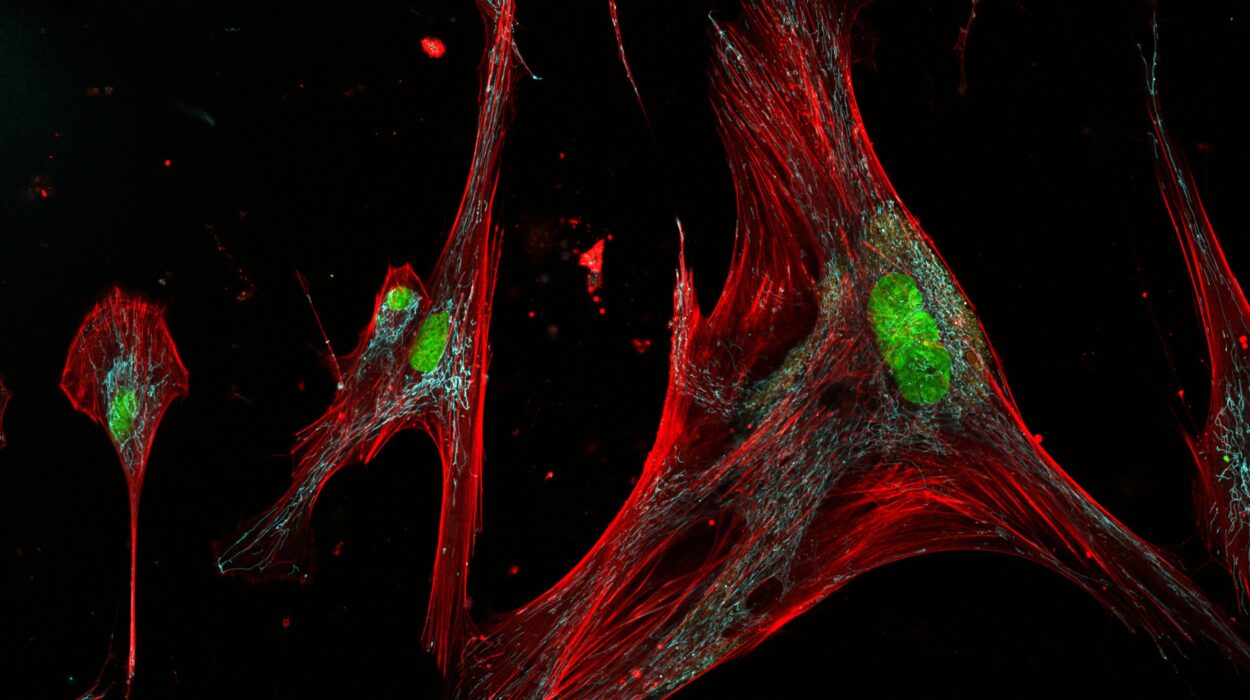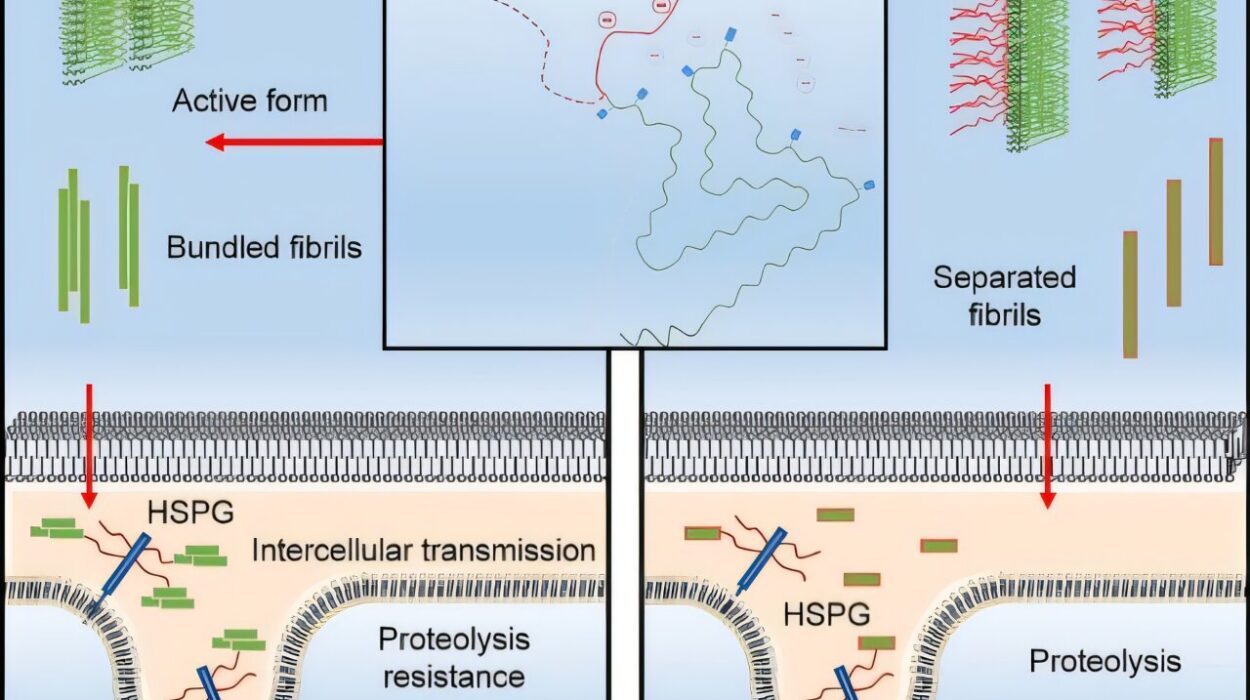Grief begins in a moment. It may be a phone call in the middle of the night, a doctor’s solemn expression, or a final breath drawn in a hospital room that still smells like antiseptic. One moment, the world holds someone you love—and the next, it does not. The world does not shatter with a crash, but rather tilts imperceptibly. The air feels too still. Everything continues—traffic lights change, emails arrive, birds sing—but it all feels wrong. Because something essential is missing.
Grief is the ache that rises in that silence. It is the invisible wound we carry after loss. It is not only emotional; it is neurological, hormonal, physical. It does not follow a neat schedule. And though everyone encounters grief in their lifetime, it can feel so uniquely personal that it isolates us. Grief, paradoxically, is one of the most human experiences—and yet it makes us feel most alone.
This is a guide for those who are grieving. It will not tell you how to “get over it,” because that is not the goal. Grief is not a problem to solve. It is a process to move through, a testament to love, and—when allowed space—a way to heal.
What Is Grief, Really?
Grief is not a single emotion. It is an entire emotional ecosystem—rage, guilt, confusion, despair, yearning, numbness—sometimes all within the same hour. According to psychological and neurological research, grief activates regions of the brain involved in attachment, memory, and emotion regulation. When someone we love dies, the brain reacts as though part of ourselves is gone too.
From a scientific standpoint, grief is the brain’s struggle to recalibrate after a profound loss. The prefrontal cortex (which helps us plan and make decisions) tries to adapt to a world without the person we lost. But the limbic system—especially areas like the amygdala—continues to respond to reminders of that person with intense emotional reactions. This tug-of-war between logical adaptation and emotional attachment creates the rollercoaster we experience in mourning.
Grief is not limited to death. It can follow the loss of a relationship, a home, a dream, a pet, or a way of life. The intensity depends not only on the nature of the loss but also on the depth of the bond. Losing someone you love is not merely sad—it is disorienting. Because we don’t just grieve their absence—we grieve who we were when they were with us.
The Brain in Mourning
Modern neuroscience has begun to map the grieving brain. Functional MRI studies show that grief activates the anterior cingulate cortex (linked to pain), the nucleus accumbens (associated with reward and craving), and the posterior cingulate (involved in autobiographical memory). In acute grief—typically the first weeks or months after a loss—these regions light up as the brain tries to make sense of the absence.
Grief is not only mental; it is physical. People often describe feeling hollowed out, nauseous, dizzy, or like their heart is truly breaking. In fact, “broken heart syndrome”—also known as Takotsubo cardiomyopathy—is a documented medical condition. Stress hormones surge, blood pressure rises, and the heart’s left ventricle temporarily weakens. Though rare, it underscores a fundamental truth: profound emotional pain can physically hurt.
Sleep disturbances, appetite changes, immune suppression, and chronic fatigue are common. The brain, flooded with stress hormones like cortisol, struggles to regulate itself. That is why grief can feel like depression—but it is not the same. Depression is an illness; grief is a natural, albeit painful, human response.
There Is No Right Way to Grieve
Many people expect grief to follow stages. This is often traced to Elisabeth Kübler-Ross’s five stages—denial, anger, bargaining, depression, acceptance—first outlined in her work with terminally ill patients. While these stages are helpful in describing possible emotions, they were never meant to be prescriptive. People do not grieve in tidy progressions. They move forward, backward, and sideways.
One day you may feel almost normal; the next, utterly undone by a scent, a photograph, or an old voicemail. There is no calendar for grief. Some losses soften after months; others take years. And some never stop hurting—but the way they hurt changes.
Grief can be explosive or quiet. Some people cry constantly; others barely shed a tear. Some talk about the deceased daily; others avoid the topic. None of these responses are wrong. The only “rule” of grief is that it must be felt. Avoidance may numb the pain temporarily, but it also delays healing. Suppressed grief often emerges later as anxiety, irritability, or physical illness.
Grief and Identity
One of grief’s cruelest tricks is the way it reshapes identity. Who are you without them? What does life mean now? For a parent who loses a child, a widow, or a sibling left behind, the loss is not only of the person—it is of the roles we played. The death tears at the fabric of our narrative. The “we” becomes “I,” and that transition feels not only sad, but alien.
Researchers have found that profound loss can create something called “identity confusion,” especially in bereaved partners. The routines once shared vanish, and the mind struggles to create a new structure. This period of instability can be terrifying, but it is also where transformation begins. Grief dismantles us—but it also gives us the tools to rebuild.
This rebuilding is not about “moving on” but “moving forward.” The person who is gone does not vanish from our lives; they become part of our inner landscape. The relationship changes from physical presence to memory, ritual, and meaning. This is what grief evolves into—not forgetting, but integrating.
The Importance of Memory
Memory plays a dual role in grief. It is both painful and sacred. It is where our loved one continues to live, but it is also where loss becomes real. Early in grief, memories may feel like daggers—sharp, unwanted, and cruel reminders of what is gone. But over time, they can become bridges—connecting us to love that outlives death.
The brain stores emotional memories differently than factual ones. When a memory is tied to intense emotion, it is more vivid and more likely to be retrieved involuntarily. This is why you may be overwhelmed by a sudden memory—laughing in a kitchen, walking in the rain, hearing their favorite song. These “grief bursts” are not regressions. They are love echoing.
Writing, storytelling, and memory rituals can be powerful tools. Whether it’s creating a photo book, journaling about shared moments, or lighting a candle on significant days, these practices help reframe memories from sources of agony to sources of connection.
When Grief Becomes Complicated
For some, grief does not soften. It hardens. It freezes into what clinicians call “prolonged grief disorder” (PGD). This is not a failure to grieve correctly, but a sign that the loss has become lodged in the mind in a way that impedes functioning. The DSM-5 recognizes PGD as a clinical diagnosis, typically involving intense yearning, identity disruption, and emotional numbness for more than a year after the loss.
Factors that increase the risk of complicated grief include sudden or traumatic death, unresolved conflict with the deceased, lack of social support, or pre-existing mental health conditions. If grief feels overwhelming and unchanging, professional support—grief counseling, therapy, or support groups—can help.
Therapeutic approaches like cognitive-behavioral therapy (CBT), meaning reconstruction therapy, or even newer forms like EMDR (eye movement desensitization and reprocessing) have shown promise. There is no shame in needing help. Sometimes, healing requires being witnessed by someone who can hold your story without judgment.
Grief and Culture
How we grieve is shaped by where we live, the beliefs we hold, and the rituals we inherit. In some cultures, public expressions of grief are encouraged—tears, wailing, mourning clothes. In others, stoicism is valued. Neither is more correct, but understanding your cultural background can help you navigate your own grief.
Rituals—funerals, wakes, shivas, memorials—serve a powerful psychological function. They mark the rupture and provide a container for communal mourning. When these rituals are absent, such as in times of war or during pandemics, grief often becomes more complicated. Grief needs witnesses. It needs to be named.
Religious and spiritual beliefs also shape the grieving process. For those with faith, beliefs in an afterlife or continued presence may offer comfort. For those without, grief may raise existential questions—about life, death, and meaning. In either case, grappling with mortality often deepens our understanding of what it means to be alive.
Children and Grief
Children grieve too. They may not have the vocabulary, but they feel the loss acutely. Their grief often appears in behavior: withdrawal, regression, anger, or physical complaints. It is a myth that children are too young to understand death. In truth, they often feel it more deeply because they lack the tools to process it.
Supporting a grieving child means creating space for questions, providing reassurance, and modeling emotional honesty. Euphemisms like “went to sleep” can confuse children. Simple, clear language—“they died, and we’re very sad”—paired with emotional presence is far more helpful.
Children also benefit from ritual. Drawing pictures, lighting candles, telling stories—these actions provide structure and expression. And while grief may fade for adults, children may re-experience it at different developmental stages. A child who loses a parent at five may grieve again at ten, fifteen, or twenty, each time with a new understanding of what was lost.
The Unexpected Gifts of Grief
It may sound sacrilegious to speak of gifts in the context of loss, but over time, many people discover that grief reshapes their lives in unexpected ways. It deepens empathy. It clarifies values. It strips away trivial concerns and reveals what truly matters.
This process is known as “post-traumatic growth.” Unlike recovery, which returns us to a previous state, growth transforms us. Research shows that people who experience loss sometimes report a greater appreciation for life, more meaningful relationships, and a redefined sense of purpose. Not everyone experiences this, and it never justifies the loss. But it reminds us that pain, while agonizing, can also open.
Grief does not make life smaller. In time, it can make the heart more expansive. It teaches us how to carry both love and pain, how to honor the past while inhabiting the present, and how to let go without forgetting.
Living With the Absence
There is a moment in grief—not the moment of loss, but the moment after—when you realize they are not coming back. It is the cruelest moment, and it comes again and again. Birthdays, holidays, random Tuesdays. You reach for your phone to call them. You think, “I’ll tell them about this.” And then you remember.
Living with the absence means creating new rituals. Talking to them in your mind. Visiting the places they loved. Making decisions that they would have respected. You do not need to stop loving them to live fully. In fact, your life can become a living tribute. You carry them forward, not because you’re stuck, but because you choose to.
They may be gone from the world, but not from your story. Not from your voice, your choices, your dreams. They live in how you love, how you remember, and how you choose to rise.
Grief Is Love With Nowhere to Go
In the end, grief is not a flaw in the human system. It is not something to be fixed. It is the price of deep connection. We grieve because we loved. We grieve because we were changed by their presence, and we are reshaped by their absence.
Grief is love with nowhere to go—but that love still moves. It pours into new things: art, compassion, rituals, purpose. It expands, transforms, and—given time—it softens.
The wound may never fully close. But it becomes part of the map of who you are. A scar, yes—but also a signature. Proof that you dared to love, and were forever changed.






